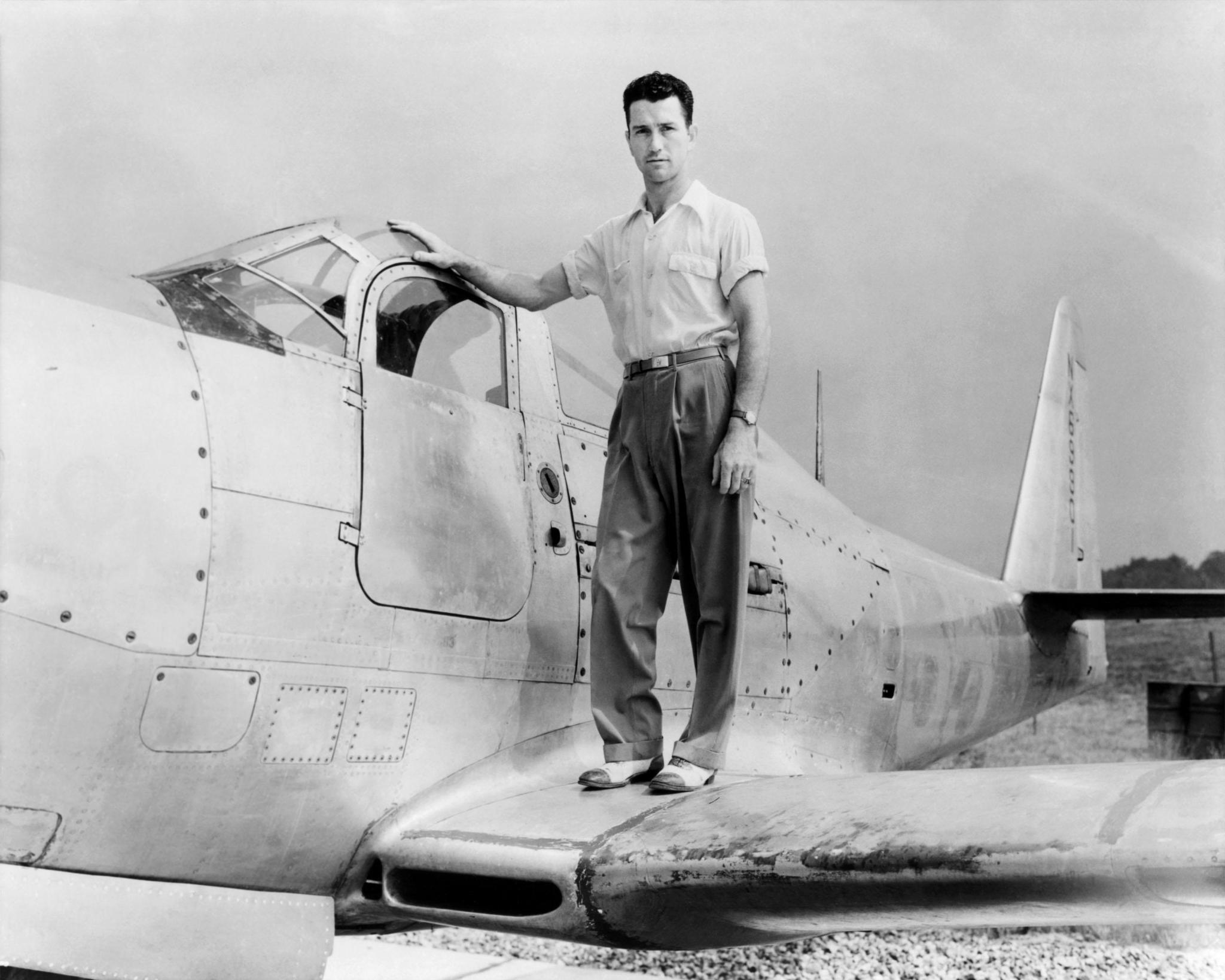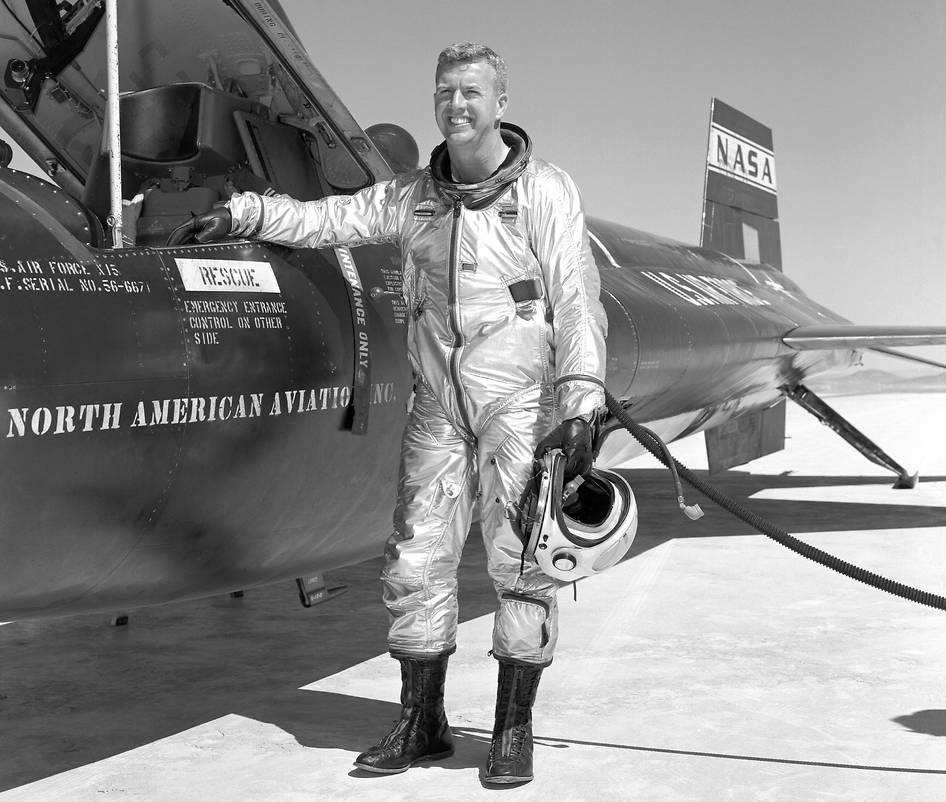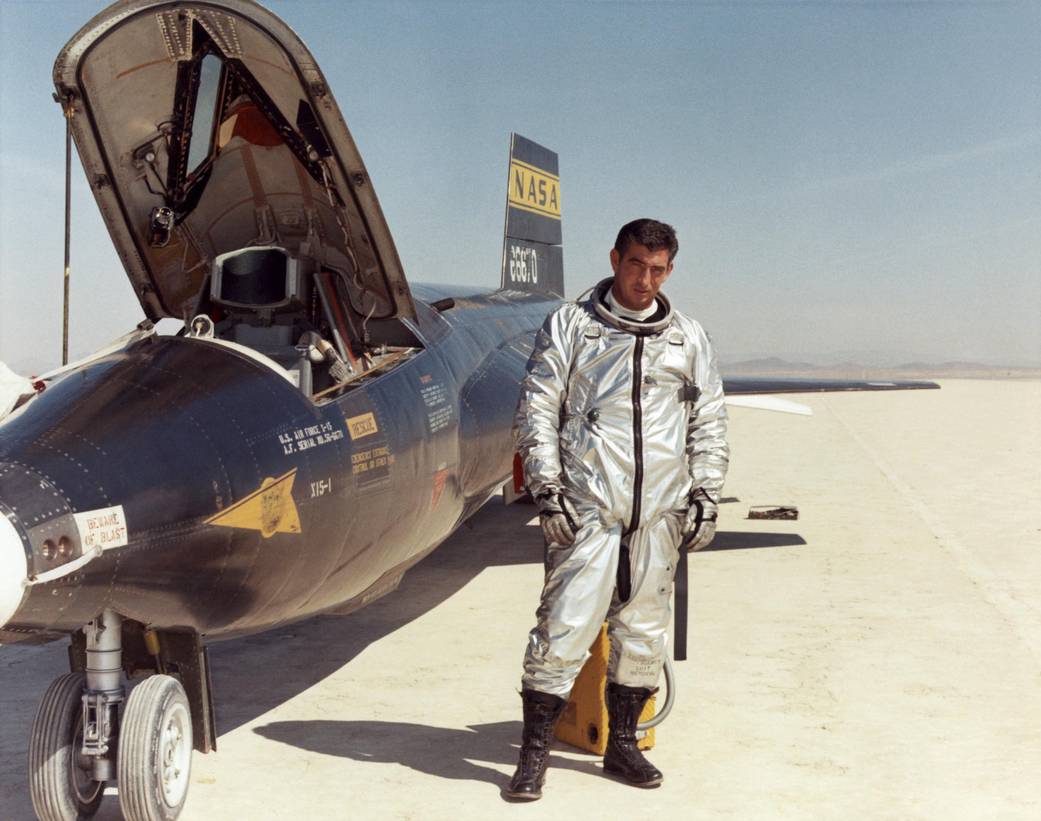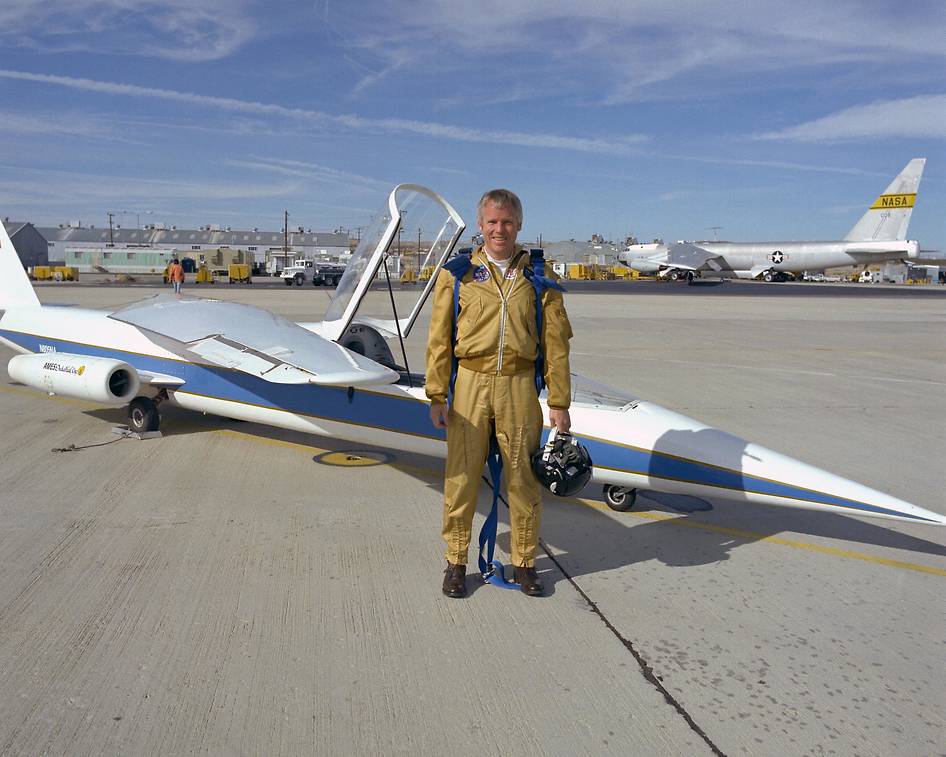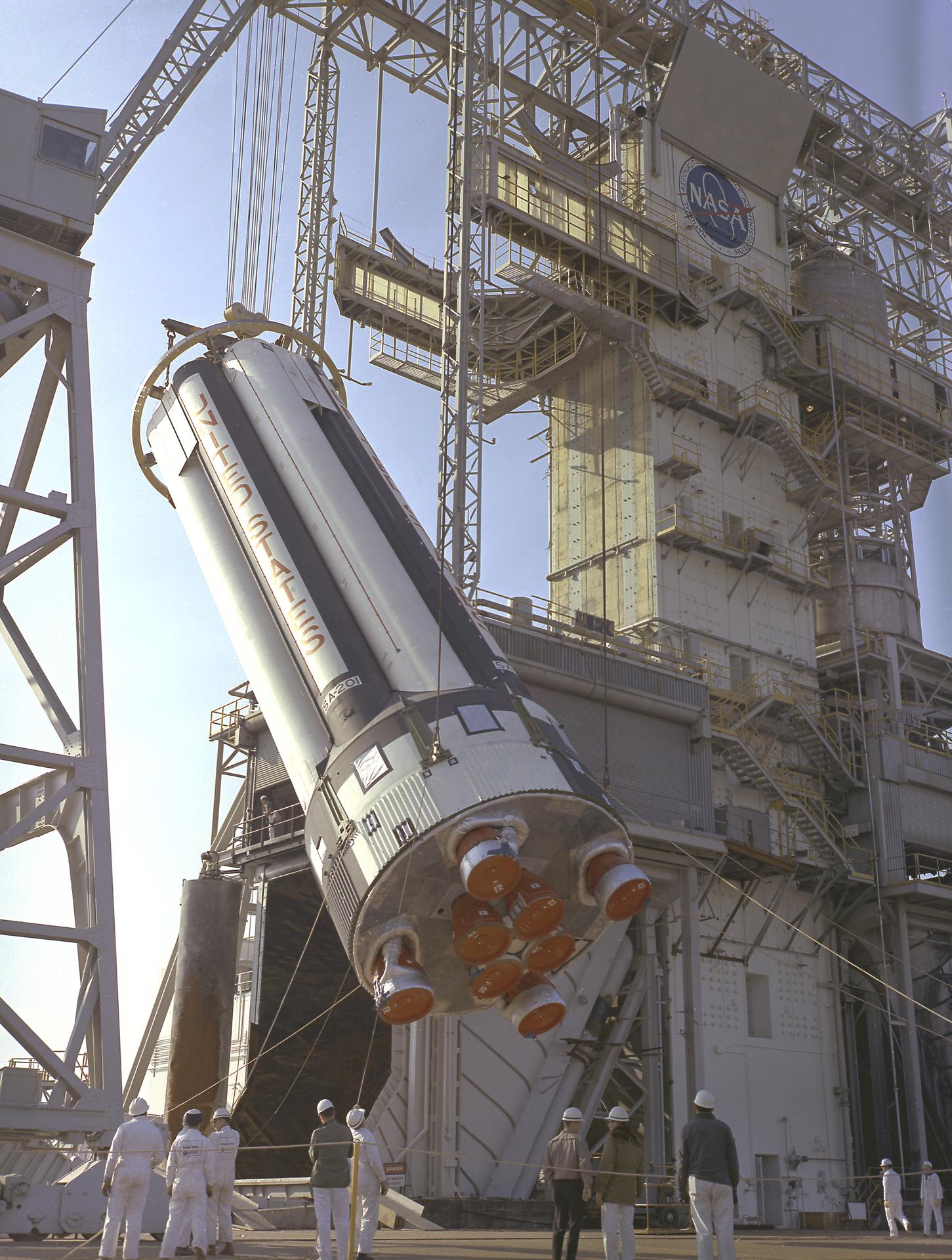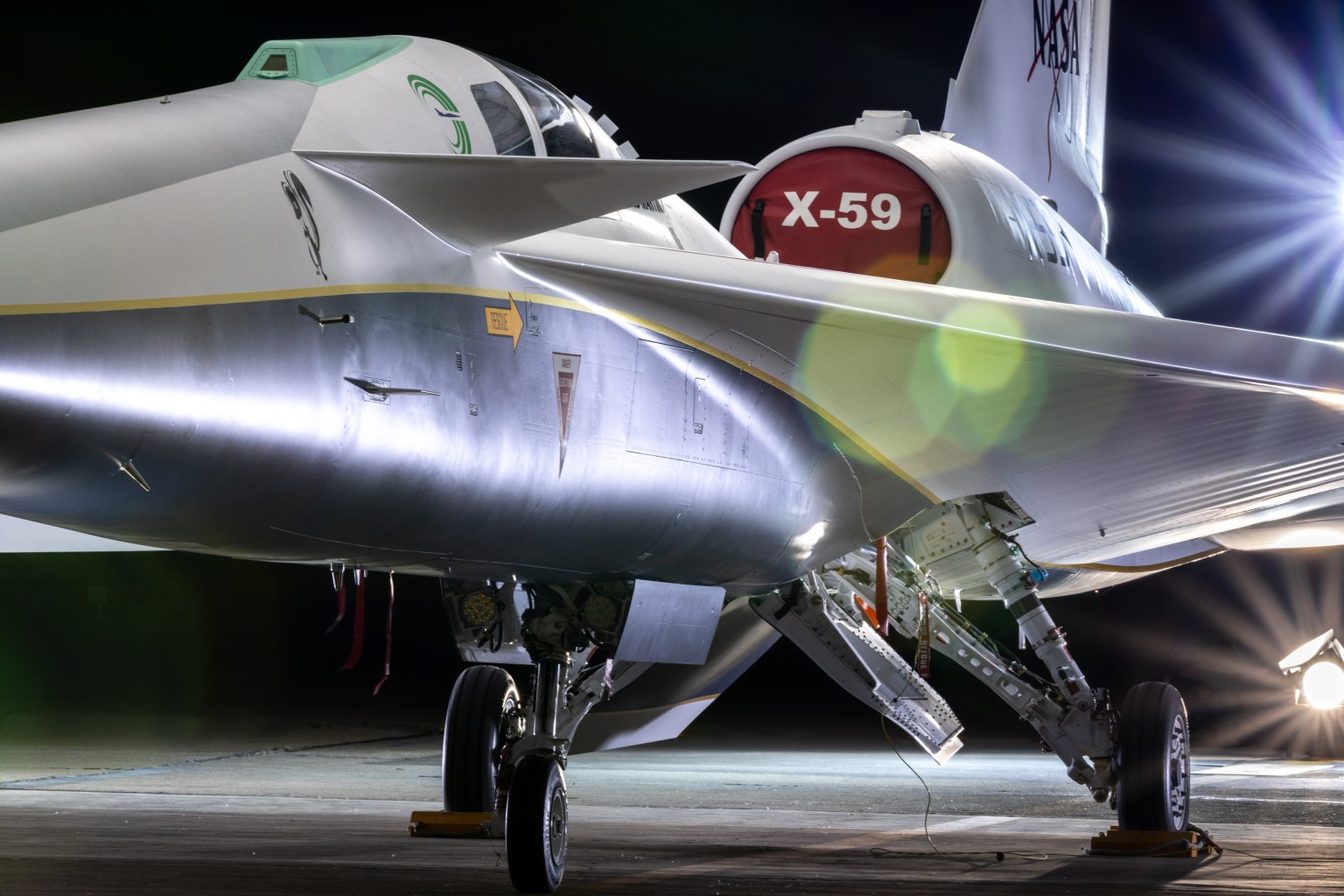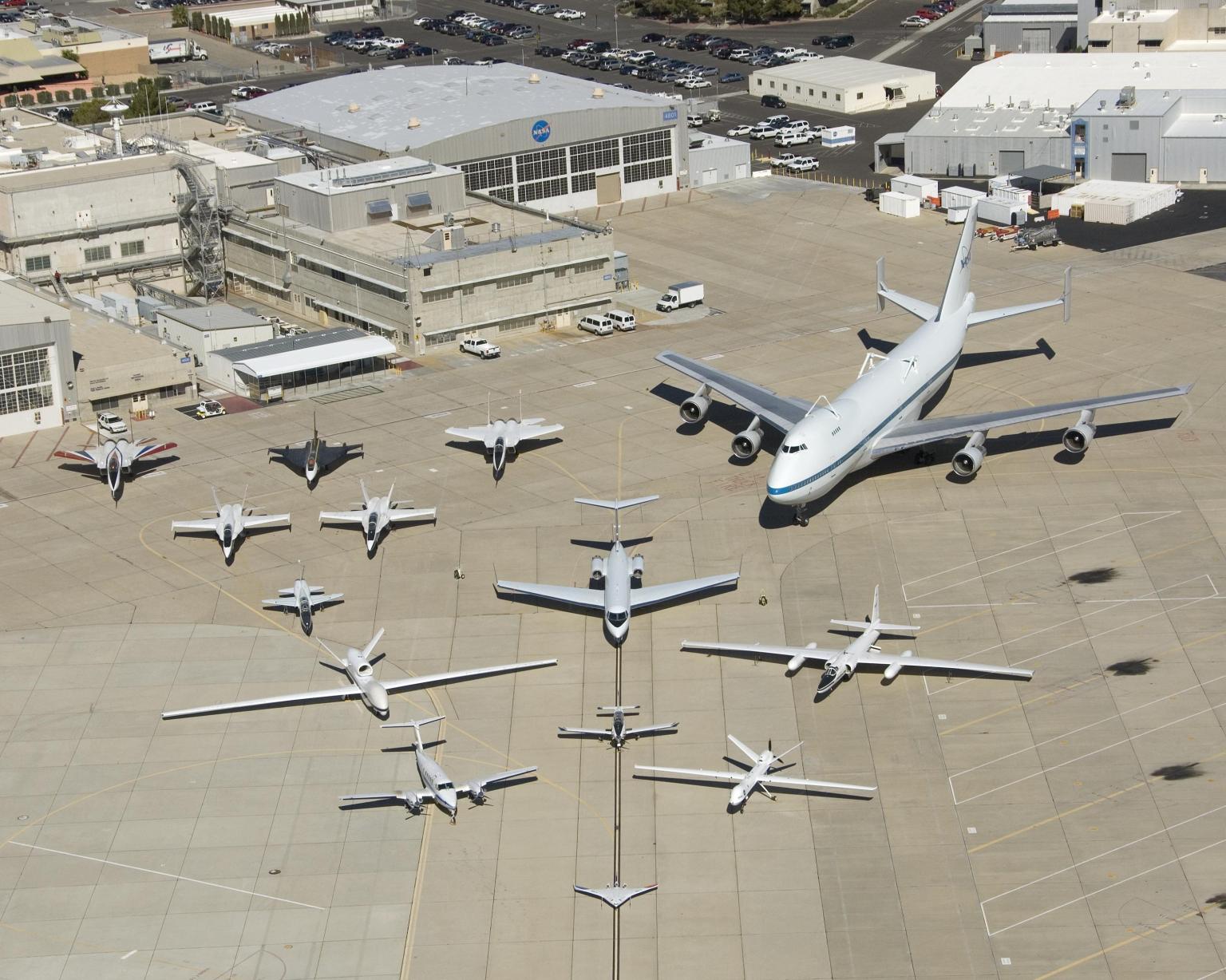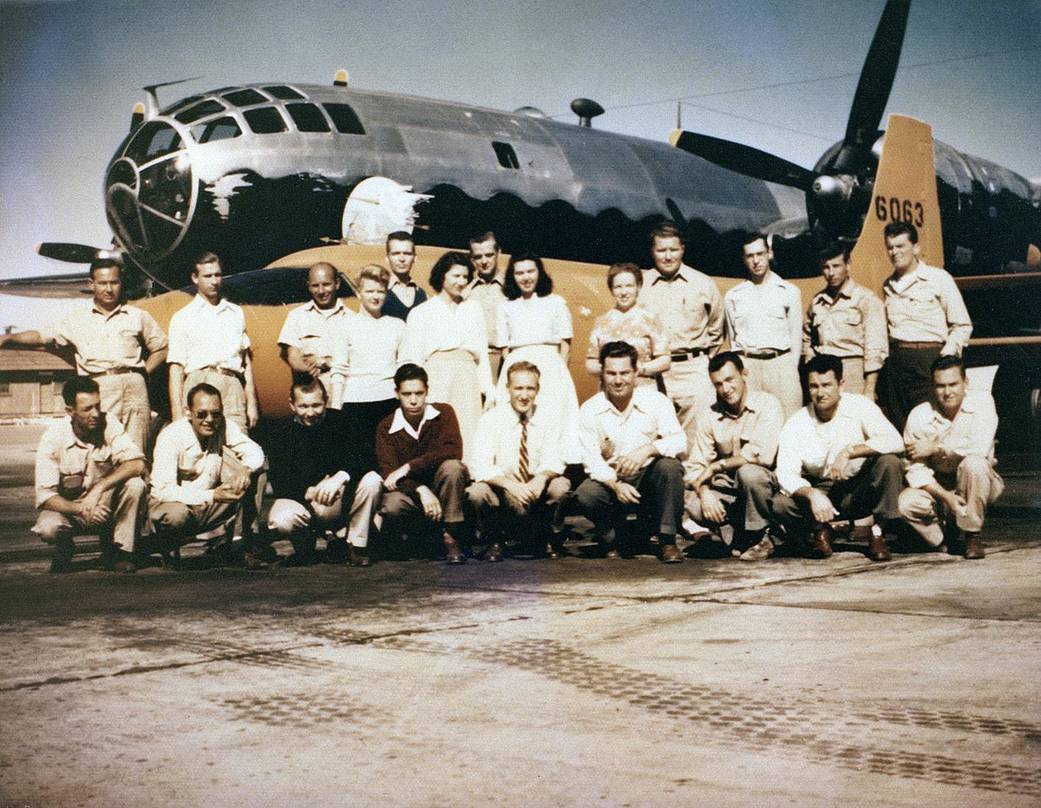Editor’s Note: This article was updated Jan. 22, 2025, to add information about U.S. Air Force pilot Maj. Michael J. Adams, who died on Nov. 15, 1967.
NASA’s Day of Remembrance recognizes astronauts who have perished in the efforts to advance the nation’s reach into space. It’s also a day to reflect on how to keep future astronauts safe and the need to remain vigilant on safety.
On the same solemn day, NASA’s Armstrong Flight Research Center in Edwards, California, remembers three pilots in its history who died at the stick of a NASA or National Advisory Committee for Aeronautics (NACA) aircraft.
Howard C. Lilly
Howard C. “Tick” Lilly was the first NACA engineering pilot assigned to the Muroc Flight Test Unit, now known as NASA Armstrong. Lilly trained as a Naval aviator and joined the NACA’s Langley Memorial Aeronautical Laboratory in Virginia, now known as Langley Research Center in 1942. In 1943 he transferred to the NACA’s Lewis Flight Propulsion Laboratory in Cleveland, Ohio, (today’s Glenn Research Center) and then to Muroc in 1947.
At Muroc, he flew the Douglas D-558-1 transonic research aircraft and the Bell X-1. Lilly was the fourth person to exceed the speed of sound. He died May 3, 1948, when components of the D-558-1’s engine compressor failed, severing control cables and the airplane crashed. He was the first NACA pilot to die in the line of duty.
Joseph A. Walker
It was 18 years later when the center lost another pilot. Joseph A. “Joe” Walker was a chief research pilot at the NASA Flight Research Center during the mid-1960s.
During World War II, Walker flew P-38 aircraft for the Army Air Force in North Africa. He joined the NACA’s Lewis Flight Propulsion Laboratory in Ohio in 1945 and transferred to the High-Speed Flight Research Station in 1951
Walker made the first NASA-piloted X-15 flight March 25, 1960, and flew the aircraft 24 times, achieving its highest altitude (354,200 ft.) Aug. 22, 1963; he made the first flight in the Lunar Landing Research Vehicle in 1964 that led to the Lunar Landing Training Vehicle used in Houston to train astronauts to land on the moon. Walker perished June 8, 1966, when his F-104 was caught in the wingtip vortex of the North American XB-70.
Michael J. Adams
U.S. Air Force pilot Maj. Michael J. Adams was selected in 1962 for the Experimental Test Pilot School at Edwards Air Force Base in California. He also was one of four Edwards aerospace research pilots to participate in a series of NASA Moon landing practice tests.
Adams joined the joint Air Force and NASA X-15 program in July 1966 and flew seven flights. He died when the X-15 rocket plane he piloted disintegrated following reentry and crashed on Nov. 15, 1967. It was the only fatality of the 199-flight program. An investigation concluded that the distraction of malfunctioning systems, coupled with possible vertigo, led to the incident.
Adams was flying the 191st flight of the X-15 program, which was his first suborbital mission. He was the 27th American to fly more than 50 miles above the Earth’s surface and was awarded astronaut wings posthumously. His name was added to the Astronauts Memorial at Kennedy Space Center in Florida, and in 2004, a memorial was established at the crash site.
Richard E. Gray
In the 1980s, a pilot proficiency flight claimed the life of Richard E. “Dick” Gray.
Gray was an aerospace research pilot at NASA’s Johnson Space Center in Houston, from 1978 until he transferred to Ames-Dryden Flight Research Center, now NASA Armstrong.
At JSC he was chief project pilot on the WB-57F high-altitude research aircraft and served as the prime chase pilot in the T-38 aircraft for video documentation of the landing portion of space shuttle orbital flight tests. A Naval aviator, he flew 48 combat missions in F-4s over Vietnam while assigned to squadron VF-111 aboard the USS Coral Sea in 1972.
Gray was fatally injured Nov. 8, 1982, in the crash of a Cessna T-37 aircraft while on a flight to hone his skills flying the airplane.



























